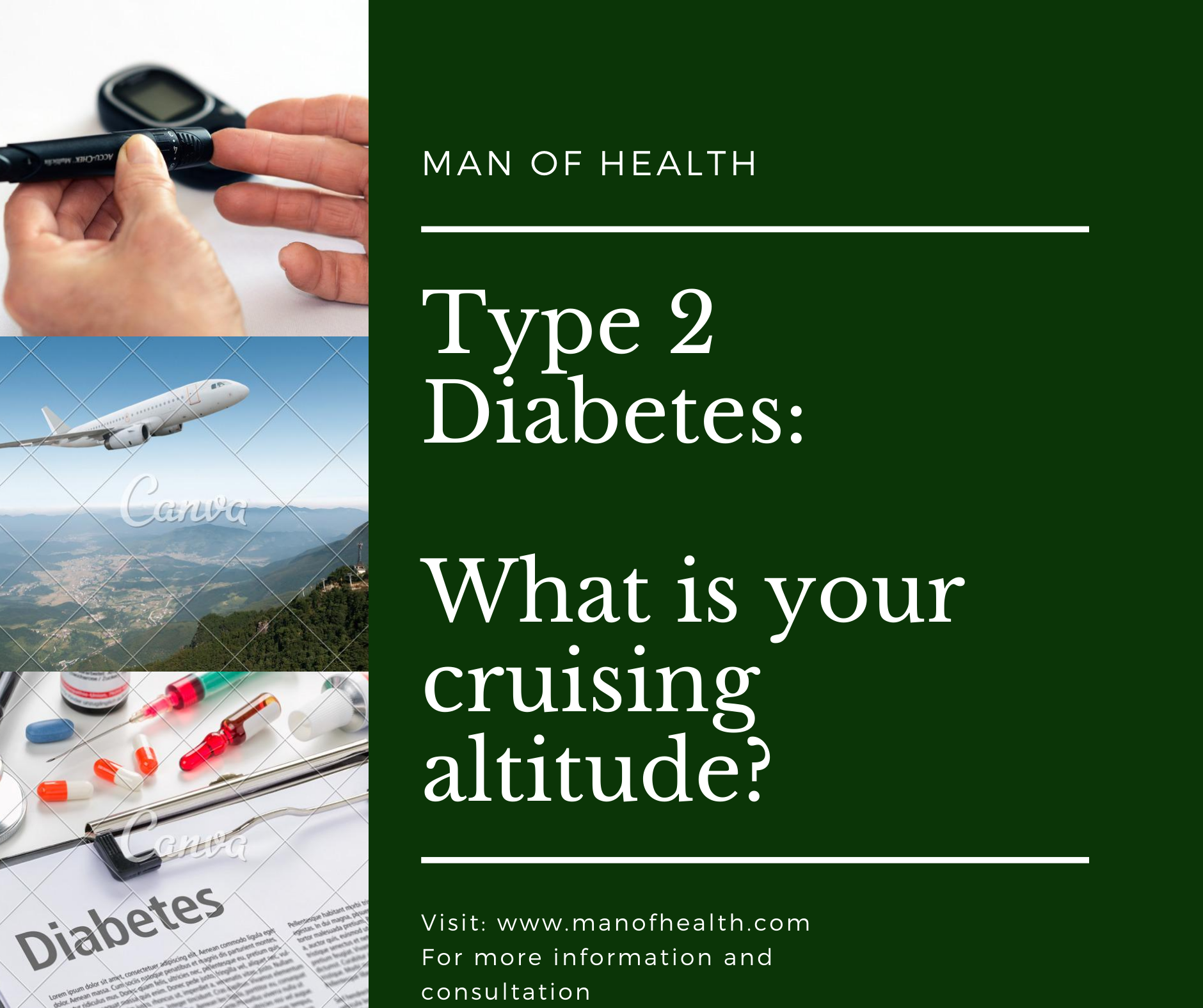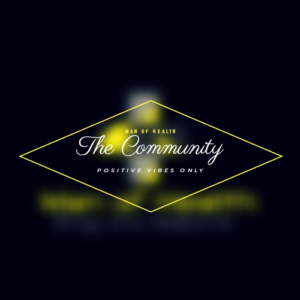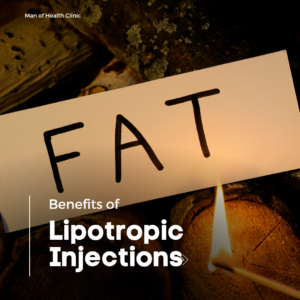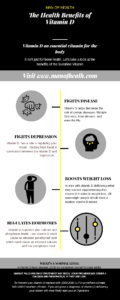
What is my cruising altitude??? Type 2 Diabetes
- Post author:Christopher C
- Post published:September 21, 2020
- Post category:Physical Health
Diabetes (Elevated blood Sugar) is a chronic issue that affects 100 million people in the United States alone.
- For non-Hispanic whites, 7.7% of men and 6.2% of women.
- For non-Hispanic blacks, 13.5% of men and 15.4% of women.
- For Mexican Americans, 11.4% of men and 12.0% of women. (Ada.com)
As you can see diabetes is a problem in the Black and Hispanic population. The numbers almost double that of their Caucasian brothers. These numbers could be based on the types of foods available and the way foods are prepared.
Analogy:
For anyone who is given a diagnosis of diabetes. I like to use the cruising altitude of an airplane as an analogy.
When people eat food they raise their blood sugar (plane’s altitude). Insulin lowers your blood sugar to normal ( cruising altitude). People who are non-diabetic produce the correct amount insulin to keep their blood sugar at a good range (cruising altitude) . Insulin in non-diabetics increases when a person’s plane altitude is too high. Insulin in non-diabetics decrease when someone plane altitude is too low.
People who are diabetic produce no insulin (type 1) or their body has become insulin resistant (type 2) .This means that diabetics lose the ability to naturally control their cruising altitude. Their body without artificial insulin or medications runs the risk of flying to high (hyperglycemia)= too much sugar, or it drops to low (hypoglycemia)= too little sugar. Both of these are bad but having your blood sugar drop too low too quickly can cause death quickly.
Diabetics must check their blood sugar frequently, so that they can know their blood sugar (Altitude). This is the reason why diabetics use insulin or some other type of medication to help guide their plane into a cruising Altitude.
What is a normal cruising altitude (blood sugar)??
A normal Blood glucose is 70-100. Someone who falls below 70 is at risk for having a low altitude (hypoglycemia). A person who has a blood sugar above 100 is at risk for diabetes and above 126 is diabetic.
What are the signs and symptoms of diabetes?
- Increase urination
- Getting up to use the bathroom during the nighttime.
- Constantly thirsty
- Unexplained weight loss
- Frequent urinary tract infections (UTI)
- Numbness and tingling in the hands and feet.
What Tests will my doctor use to diagnosis me?
- If a person has a random blood finger stick that is greater or equal to 200 and has any of the symptoms above they are diabetic.
- If the person has blood drawn after fasting and their blood sugar is greater than 126 on two occasions they are diabetic.
- If your blood sugar spikes above 200 2 hours after a meal, it is a sign that you are diabetic.
- If your diabetic or your provider thinks that you may have had diabetes for a long time and did not know it. He will order a hemoglobin A1c. A hemoglobin A1C let’s your provider know how well you have been managing you blood sugar for the last 3 months.
- A hemoglobin A1C is not affected by a couple good days of eating before you see your provider. In other words an hemoglobin A1C cannot be tricked. It is one of the most important blood tests to help manage your diabetes. A normal hemoglobin A1C is less than 6.5.. A hemoglobin A1C above 6.5= diabetic.
How can I treat my type 2 diabetes?
One of the most important things that can be done about Type 2 diabetes is DIET AND EXERCISE. Most type 2 diabetics ate themselves into this position, so they have to diet and exercise their way out of it. (Raw but it’s a fact).
Medications can help put those glucose numbers into a cruising altitude, but it’s up to you to manage the wheel once your in cruise control. You are the pilot.
Losing just 5 to 10% of your body weight can help decrease your A1C. Depending on my patient’s motivation and A1C numbers I will put them on an exercise program for 3 months before medications. This allows them to prove they can decrease their A1C to the target gameplan we discussed.
Always consult with a physician or your provider before starting any supplement, vitamin, or fitness program.
Oral medications are available for those whose numbers justify it. There are tons of medications available for diabetics.
Here are two popular types of oral diabetic medications:
Glitazone
Sulfonylureas
Insulin:
Some diabetics need to begin insulin at diagnosis. These patients are either type 1 diabetics or their A1C is usually greater than 9 or their serum glucose was greater than 350. These patients need to start insulin because their numbers are so high that they may damage their organs.
Your provider will come up with a plan to administer your insulin according to the gameplan you guys discuss.
What’s the worse that can happen if you don’t manage my diabetes?
Your penis stops working…no that’s not the worse thing that happens but remember it is one of the causes of ERECTILE DYSFUNCTION.
Not managing your diabetes can cause organ damage to your kidneys (renal failure), eyes (diabetic retinopathy), nerves (neuropathy) a tingling a loss of sensation in your lower legs and feet. Diabetes also places you at a higher risk to have a heart attack.
Gameplan Type 2 Diabetes
Know the symptoms:
- Increase urination
- Getting up to use the bathroom during the nighttime
- Constantly thirsty
- Unexplained weight loss
- Frequent urinary tract infections (UTI)
- Numbness and tingling in the hands and feet
Know the Tests:
Serum Glucose above 126
Hemoglobin A1C above 6.5
Random glucose above 200
Know the meds:
Oral meds, Insulin, & Other meds
Know your questions to ask your provider?
- What diet and exercise plan can we use to help lower my A1C? Click here for MOH fitness plan.
- What labs are we reviewing today? And are my goals
- What medications are we using and what are the side effects?
- What complications are we trying to avoid?
Click here for a Free download to a Blood sugar log
Share via:




